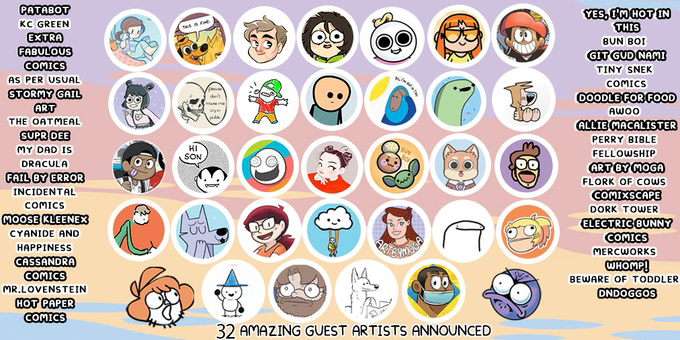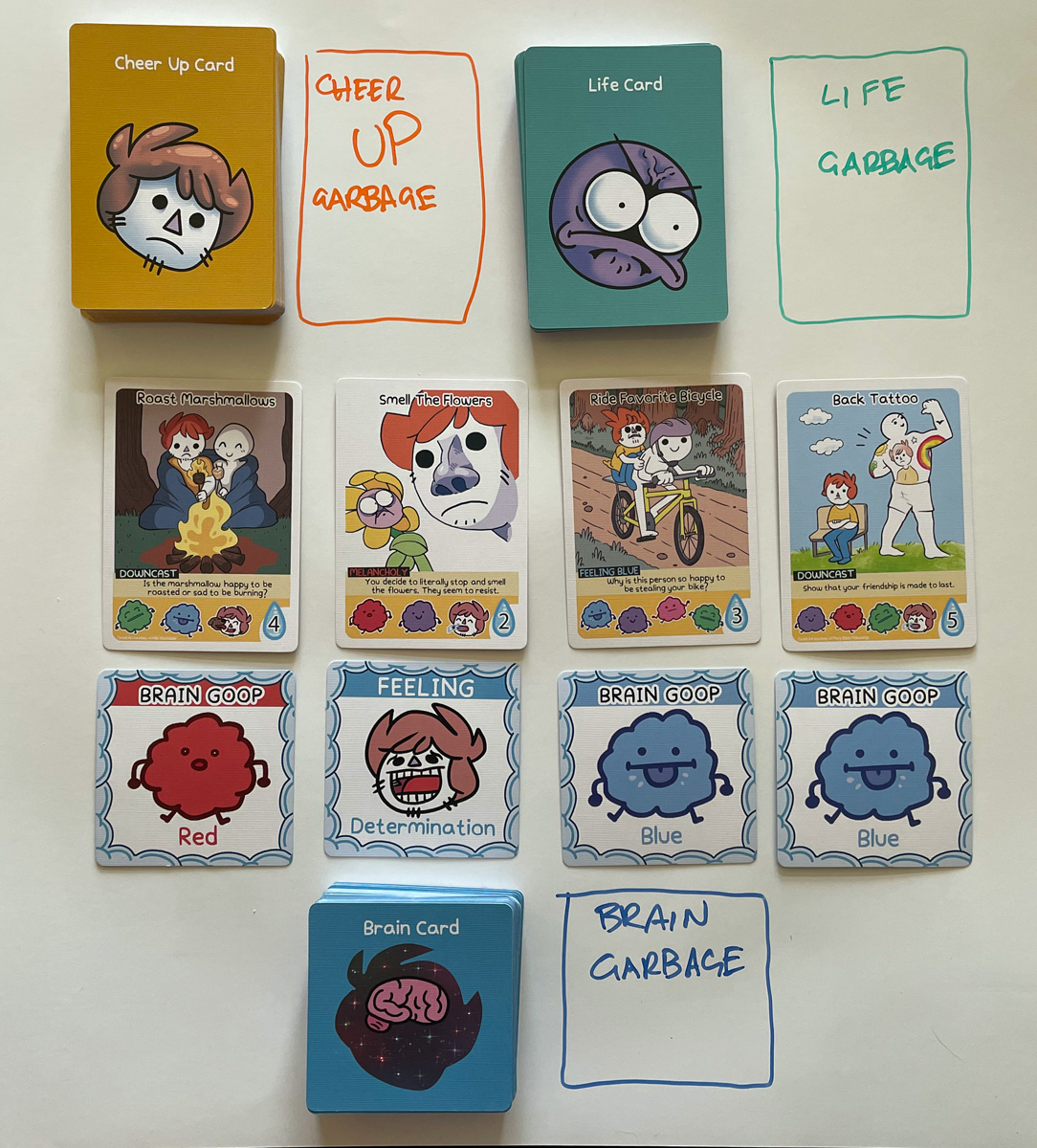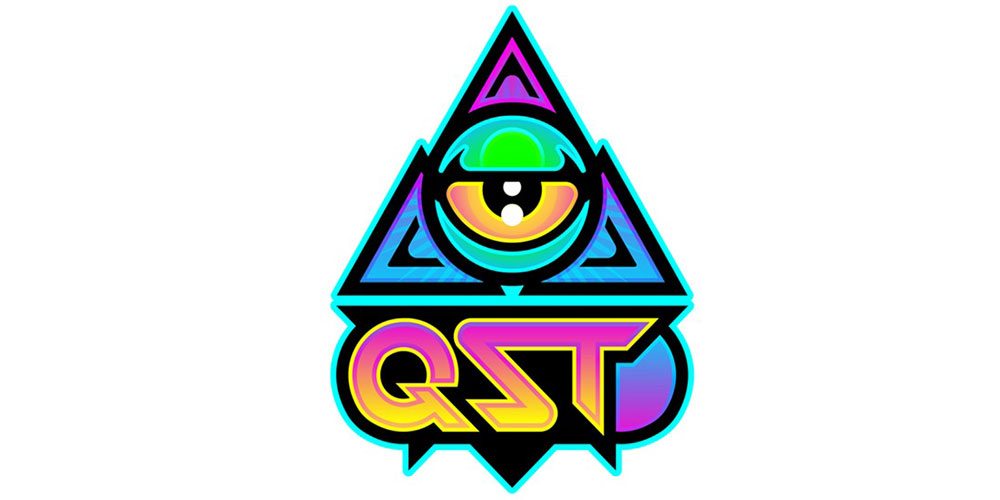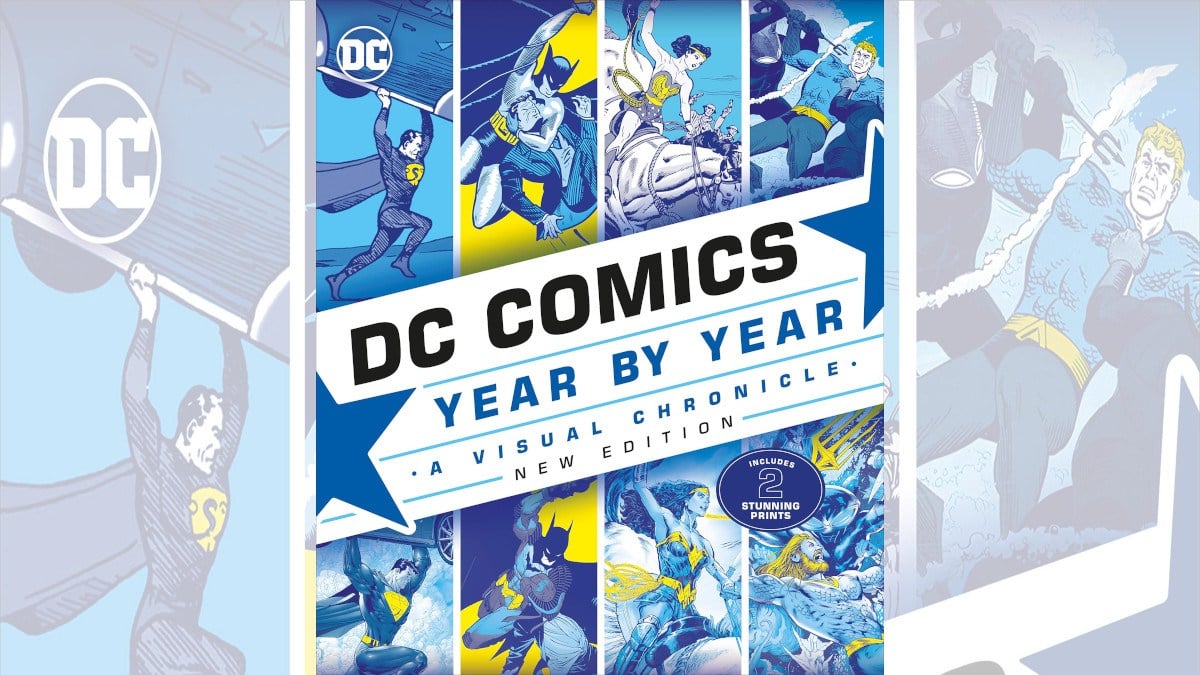We can all relate to being sad and having a friend try to cheer us up, or being the friend trying to cheer up a sad friend – especially this past year. While Your Friend Is Sad wasn’t conceived during the current pandemic, it is a perfect game for the pandemic and how so many of us feel right now.
What Is Your Friend Is Sad?
Your Friend Is Sad is a game for 1-4 players, ages 14 and up (though we played successfully with an eight- and twelve-year-old), and takes about 30 minutes to play. It recently successfully funded on Kickstarter, but you canpre-order a copy now for $25 to get in on the initial run. Production is already complete and games are scheduled to ship around May 2021.

Your Friend Is Sad was designed by Shen and Jason Anarchy and published by Jason Anarchy Games, with illustrations by Shen and bonus cards from 32 Guest Artists (all unlocked during the Kickstarter) spread throughout the three decks in the game.
Your Friend Is Sad Components
 Jason Anarchy Games are well-known for packing high quality components and big games into a small package, and Your Friend Is Sad is no exception. The game comes in a very nice, magnetic closure fold box with a rigid plastic insert. Inside the box you’ll find:
Jason Anarchy Games are well-known for packing high quality components and big games into a small package, and Your Friend Is Sad is no exception. The game comes in a very nice, magnetic closure fold box with a rigid plastic insert. Inside the box you’ll find:
- 32 Cheer Up Cards
- 32 Life Cards
- 52 Brain Cards
- Wooden Sad Friend Token
- Rulebook
All of the cards are of a nice linen finish. The wooden sad friend token is larger than I had expected it to be, and features a Happy Friend on the reverse side (for whoever wins the game).
How to Play Your Friend Is Sad
You can download a draft copy of the rulebook here.
The Goal
The goal of the game is to cheer up your friend by collecting Brain Cards and completing Cheer Up Cards with them! You successfully cheer up your friend by acquiring either 13 Cheer Up Points, or by Sorting the Sadness – acquiring a set of 3 Cheer Up Cards with the same type of Sadness.
Setup
 Setup for Your Friend Is Sad is quick and easy. All three card decks are shuffled independently. Each player is dealt five brain cards (if anyone gets the Brain Storm Card it gets shuffled back into the deck and the player gets a new card dealt). Four Cheer Up cards are placed onto the game space in a row. These are the Active Cheer Up Cards. Four Brain Cards are placed below each of the Active Cheer Up Cards. These are the Repressed Memories. The Cheer Up Deck, Life Deck, and Brain Decks are all placed around the active cards with a discard space for each of the three decks. The player who tried to cheer someone up in real life goes first and is given the wooden turn marker with the Sad Friend face up.
Setup for Your Friend Is Sad is quick and easy. All three card decks are shuffled independently. Each player is dealt five brain cards (if anyone gets the Brain Storm Card it gets shuffled back into the deck and the player gets a new card dealt). Four Cheer Up cards are placed onto the game space in a row. These are the Active Cheer Up Cards. Four Brain Cards are placed below each of the Active Cheer Up Cards. These are the Repressed Memories. The Cheer Up Deck, Life Deck, and Brain Decks are all placed around the active cards with a discard space for each of the three decks. The player who tried to cheer someone up in real life goes first and is given the wooden turn marker with the Sad Friend face up.
Gameplay
Gameplay starts with the player who most recently tried to cheer up a friend and continues clockwise around the table.
Player’s Turn
On each player’s turn, there are five possible actions or phases.
1. Stop to Think
The player must choose a Brain Card from the Repressed Memories and discard it, replacing it with a new card drawn from the Brain Deck.
2. Better Yourself
The player has two options for this phase – draw two Brain Cards from the Brain Deck OR trade one Brain Card from their hand with a Brain Card from the Repressed Memories on the table. If the player chooses to trade a Brain Card, they must also draw a Life Card.
3. Get a Life (Optional)
The player can choose to discard a Feelings Card or Vibe Bot card from their hand and draw an extra Life Card.
4. Complete Cheer (Optional)
If a player has enough Brain Cards to claim an active Cheer Up card, they discard the appropriate Brain Cards and take the Active Cheer Up card and place it in front of them as a Completed Cheer Up card. A new Cheer Up card is put into the empty Active Cheer Up space on the table. There is no limit to the number of Cheer Up cards a player can complete on a given turn.
5. Pass the Sad
If a player has MORE than ten Brain Cards in their hand at the end of their turn, they must choose one of two options to help their overfull brain – Clear Your Head of Oversharing. If a player chooses Clear Your Head, they discard ALL of their Brain Cards and draw five new ones. If a player chooses Oversharing, they lay all of their Brain Cards face-up on the table and can be used by all players as an extended Repressed Memories section until the player is back down to ten or fewer cards, at which point they pick their hand back up.
The turn marker is passed clockwise to the next player. Play continues until a player meets the win condition.
Card Breakdown

There are five colors of Brain Goop in the Brain Card deck and a Rainbow Brain Goop which is a wild Brain Goop that can be used as any other color when completing a Cheer Up card.

There are six types of Feelings in the Brain Card deck along with Vibebot who, like the Rainbow Brain Goop, is a wild card that can be used as any other Feeling to complete a Cheer Up card OR used during the Get A Life phase to draw a Life Card.

There is a large variety of Cheer Up cards of different activities you might use to try to cheer up a friend (Cosplay and Tabletop Role Playing being two of my favorites, and we all know at least one person who decided to try to make bread this year). Each card has three important parts to it as pertains to the actual gameplay. Right beneath the card images is the Sadness type – Melancholy, Feeling Blue, Downcast, or Gloomy. These are the types a player needs to get three of a kind to win with the Sorting the Sadness win condition. Below the fun flavor text are the cost in Brain Goop and Feelings to complete the card and, to the far right in the tear drop, the Cheer Up Points earned for completing the Cheer Up card.

Life cards come in two varieties – play any time on your turn and play immediately. Just like life itself, Life Card actions can be good or bad, so choosing a Life Card is a always a risk, but it’s also the main way a player can majorly disrupt another player’s plans!

There are also two special types of Brain cards – Life Happens and Brain Storm. If a player gets a Life Happens card, they can discard it during the Get A Life phase to draw two Life Cards. If a player draws the Brain Storm card, they play it immediately and must discard and replace EITHER all of the Repressed Memories or all of the Active Cheer Up cards.
Hand size
There is one more important thing to note while playing, if at the end of a players turn
Game End
The game ends when a player collects their final Cheer Up card that either gets them to 13 Cheer Up points or completes a set of three Cheer Up cards with the same Sadness type. The winner gets to flip over the turn marker and reveal their new, happy friend!
Solo Variant

Your Friend Is Sad does have a solo variant that plays very much the same as the multi-player version. The major difference in the setup is that there are three Active Cheer Up Cards and three Repressed Memories on the board at a time instead of four, and there are 10 Life cards placed faced down off to the side that act as a game Timer.
Gameplay is much the same as the regular version of the game but with a handful of small changes.
- At the start of every round, a Life Card is discarded from the Timer.
- If the player trades a Repressed Memory during the Better Yourself phase, a Life Card is NOT drawn.
- If the player trades in a Feeling card during the Get A Life phase, the Life Card adds to the Timer instead of going to the player’s hand.
- If a turn ends with over ten Brain Cards in the player’s hand, they are all discarded and five new Brain cards are drawn as opposed to the regular Oversharing.
The goal and win conditions are the same as regular play – acquiring 13 Cheer Up Points or a set of three Cheer Up cards with the same Sadness type – but the player needs to hit one of those goals before the Timer runs out.
Your Friend Is Sad is GeekDad Approved!
Why You Should Play Your Friend Is Sad
Your Friend Is Sad is challenging enough to entertain most gamers, yet fun and short enough to be used between bigger games as a palate cleanser. It’s a great combination of hand management, risk taking with a side of luck. And while the game can be played just focusing on getting what you want to win, there is a whole other layer of strategy for more advanced players in watching what other players are taking and guessing which Cheer Up cards they may try to complete and working not only for yourself but against other players by intentionally discarding cards they may need, or completing a card they may have been after to complete a set even if it isn’t necessarily what you wanted yourself.
It’s very interesting to me that the rulebook specifically says that Sorting the Sadness is the less common win condition, but every game we’ve played so far except for one, my wife has won by going down the Sorting the Sadness path. The only exception to that is when I won by also going the Sorting the Sadness route but only because I was actively trying to keep her from completing her set.
And while the age for the game is 14 and up, with assistance, we actually played a round with our eight- and twelve-year-olds as well, and even our four-year-old daughter enjoyed watching and looking at the cards. The art and flavor text of cards in a Jason Anarchy Games release are always half the fun! They definitely did not quite get the added level of strategy, but enjoyed playing the game and trying to collect the right Brain Goop and Feelings to complete Cheer Up cards.
The game is also very relatable to a wide range of folks, including our kids. I think almost anyone who picked up this game would be able to see themselves and/or several of their friends and family members in at least some if not most of the cards in the game (my two favorite are the Cosplay and Tabletop Game cards I used as examples above that really hit home). While the game isn’t intended to be a commentary on depression (see disclaimer below), it did spark talk around our family game night table about being sad and trying to cheer up our friends by doing things for them or with them that they like – a lesson no parent would likely pass up a chance to reinforce with their kids. Your Friend Is Sad is a fun, light-hearted game anyone can enjoy, and you can even play it socially distanced during a pandemic as there is a Tabletop Simulator mod for it as well!
Anyone who knows me, knows that I love solo games or games with good solo variants, so Your Friend Is Sad gets an extra thumbs up from me for having a way to tweak the game for a quick solo match without substantively changing the game or being more work to play solo than to just find another human to play with.
For more information or to grab a copy, visit the Your Friend Is Sad page!
Disclaimer from Jason Anarchy Games and their friend Doctor B. (who is a leading expert in Mental Health as it relates to gaming):
“This game is a unique, light-hearted, tongue-in-cheek presentation of an extremely serious problem: major depressive disorder. Social contact, having a community, and feeling connected to others can all be protective factors. That said, trying to simply cheer up a friend may be helpful in the moment, but it generally isn’t a long-term solution for those who struggle with depression.
Here are some warning signs that you or a loved one might be struggling with depression:
- Pervasive sadness
- No longer enjoying things
- Changes in sleep, energy level, and/or appetite
- Difficulty thinking or concentrating
- Feelings of worthlessness or excessive guilt
- Thoughts of death or suicide
If you have any questions on whether you’re struggling with depression or any mental health challenges, please reach out to a licensed health professional. Referral resources, crisis lines, and other mental health resources may be found here through Take This’ website. More information on major depressive disorder may be found here through the National Alliance on Mental Illness.”
R. Boccamazzo, PsyD (“Doctor B”) – Clinical Director, Take This
Click here to see all our tabletop game reviews.
![]() To subscribe to GeekDad’s tabletop gaming coverage, please copy this link and add it to your RSS reader.
To subscribe to GeekDad’s tabletop gaming coverage, please copy this link and add it to your RSS reader.
Disclosure: GeekDad received a copy of this game for review purposes.





